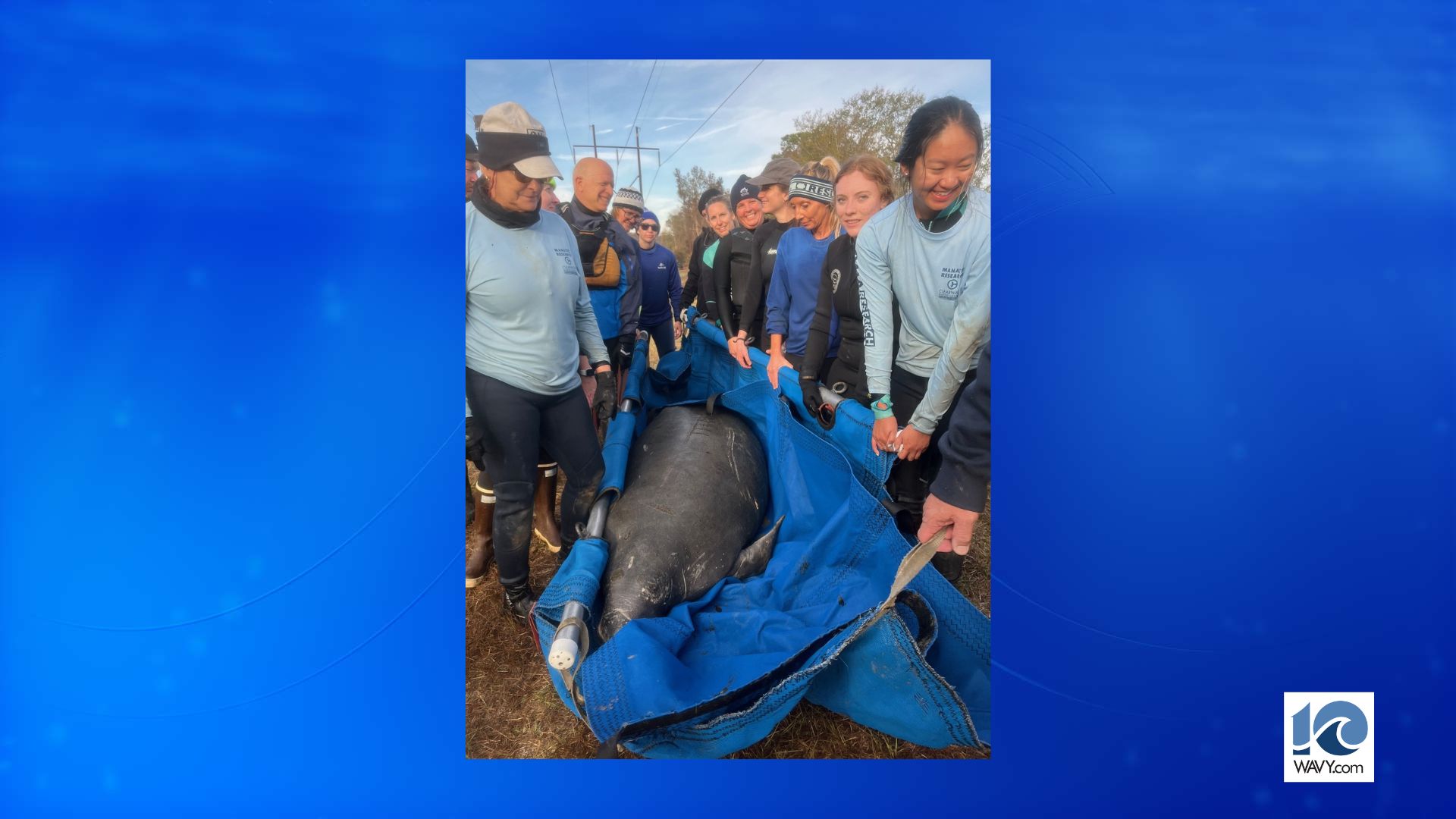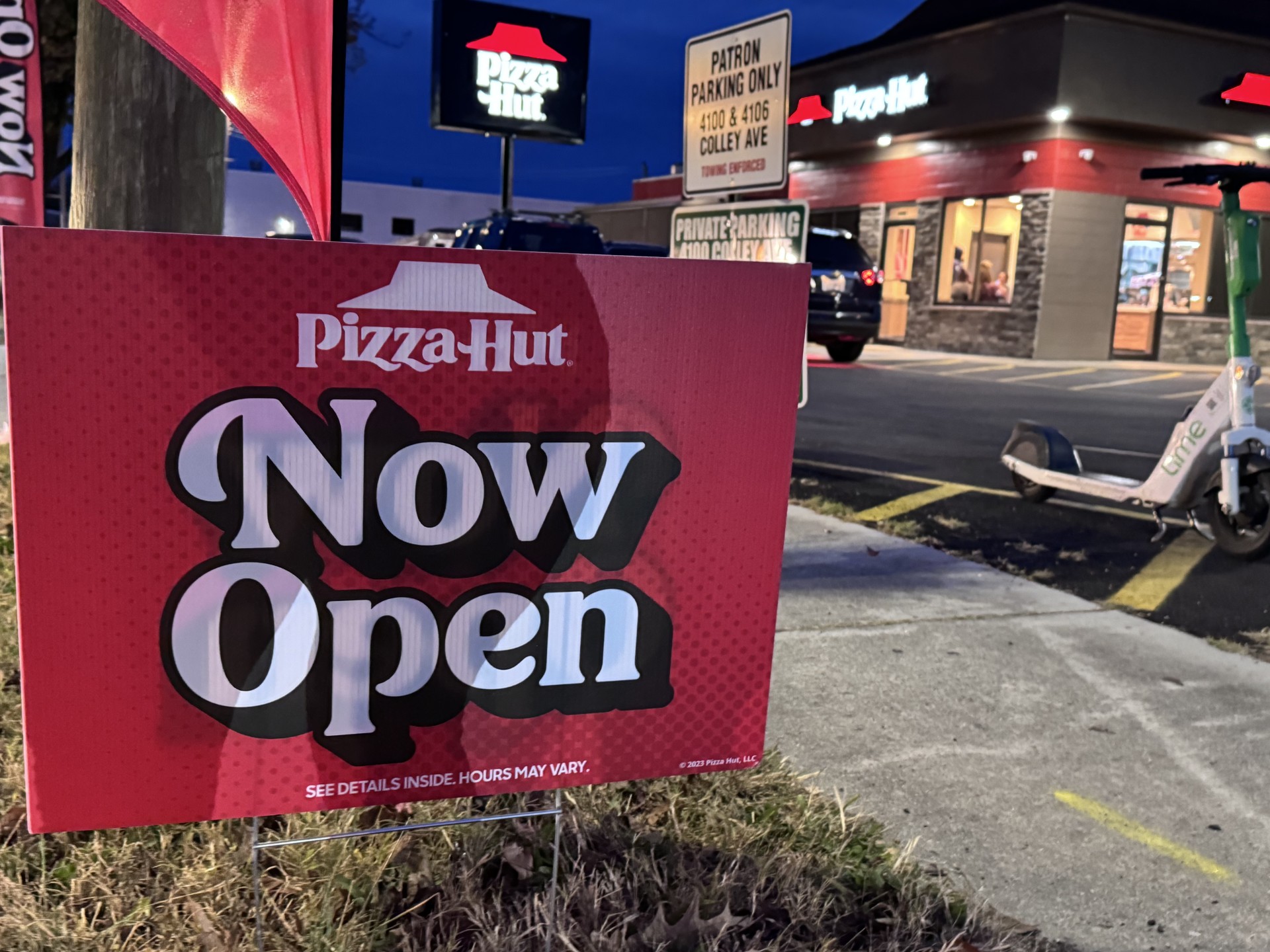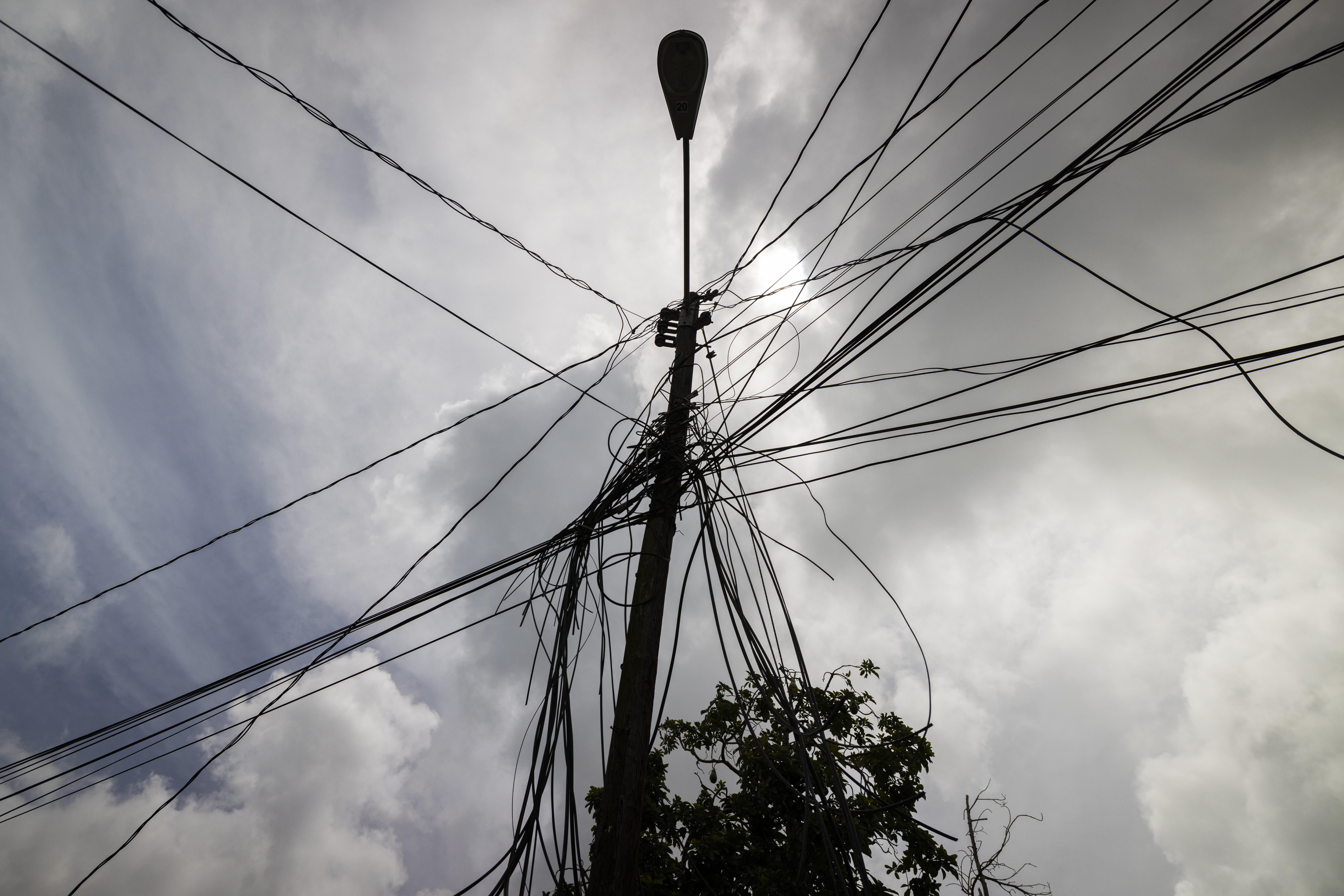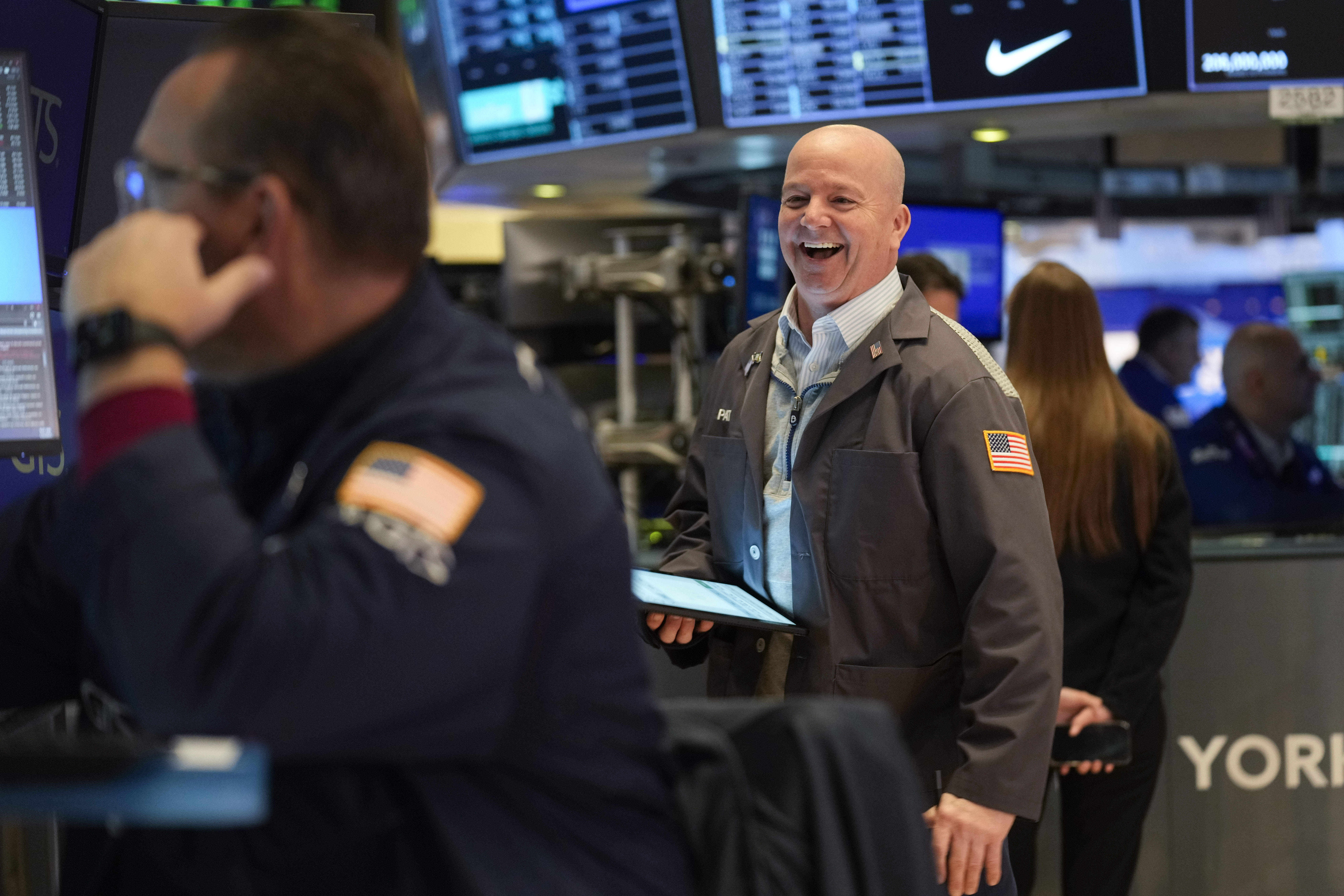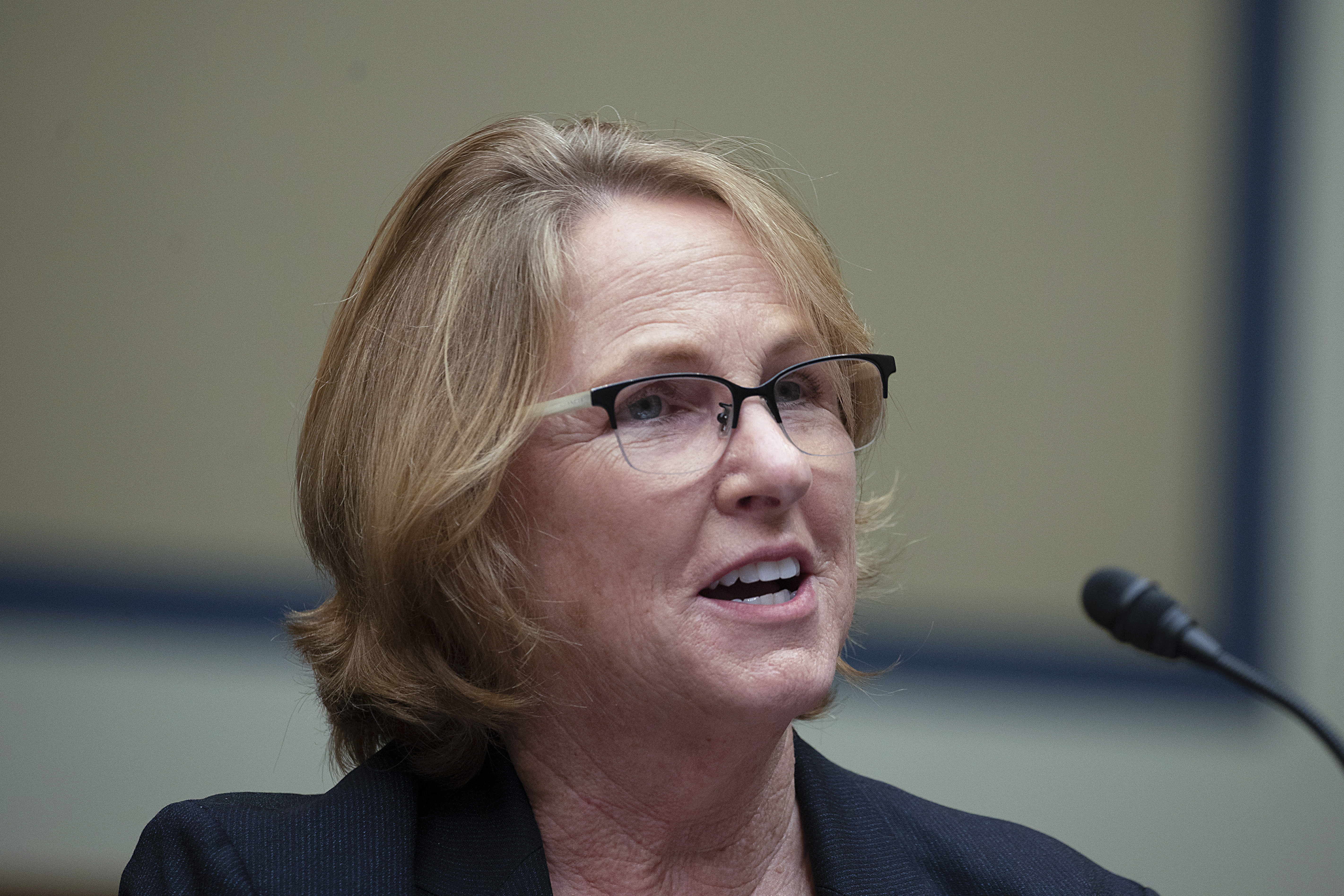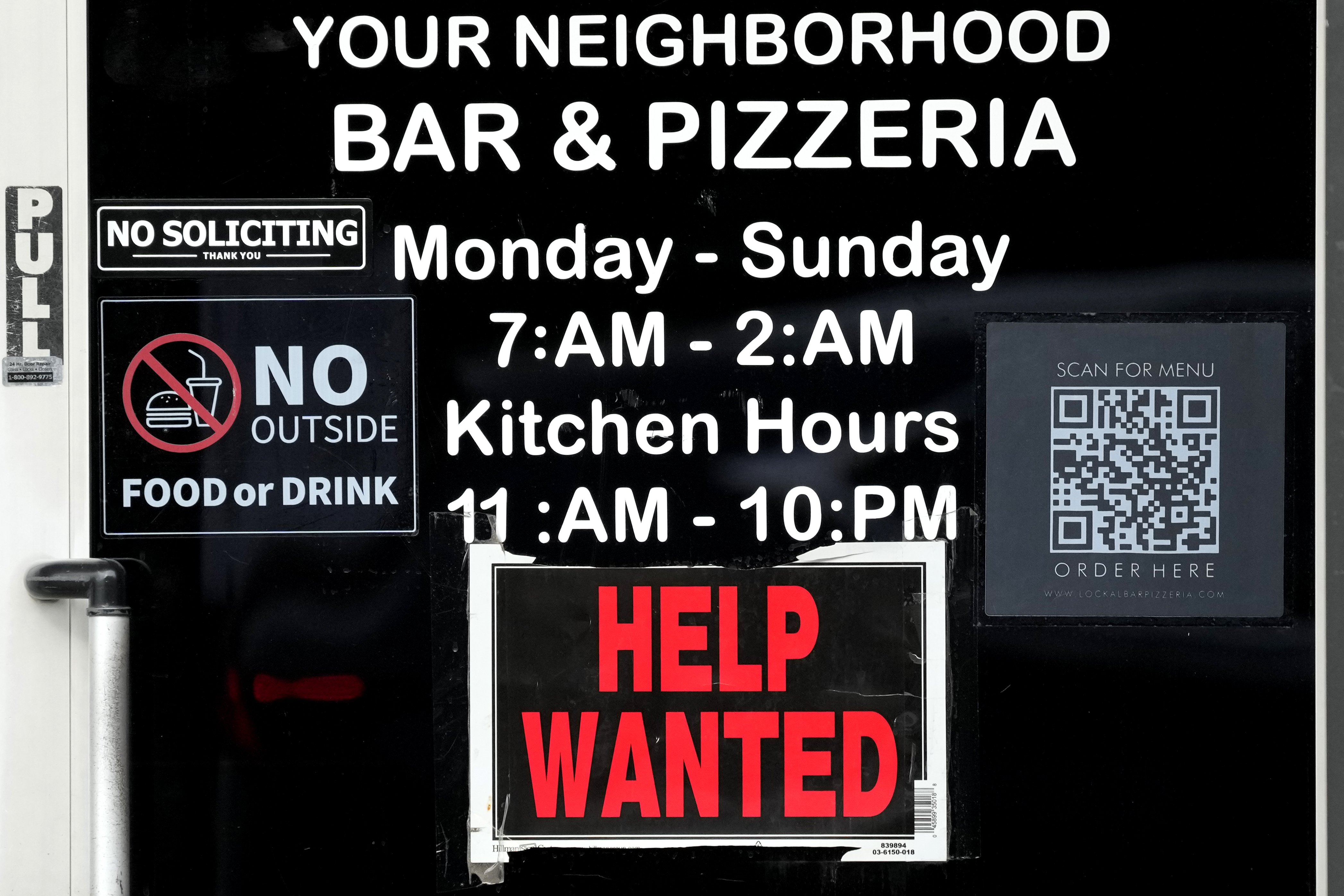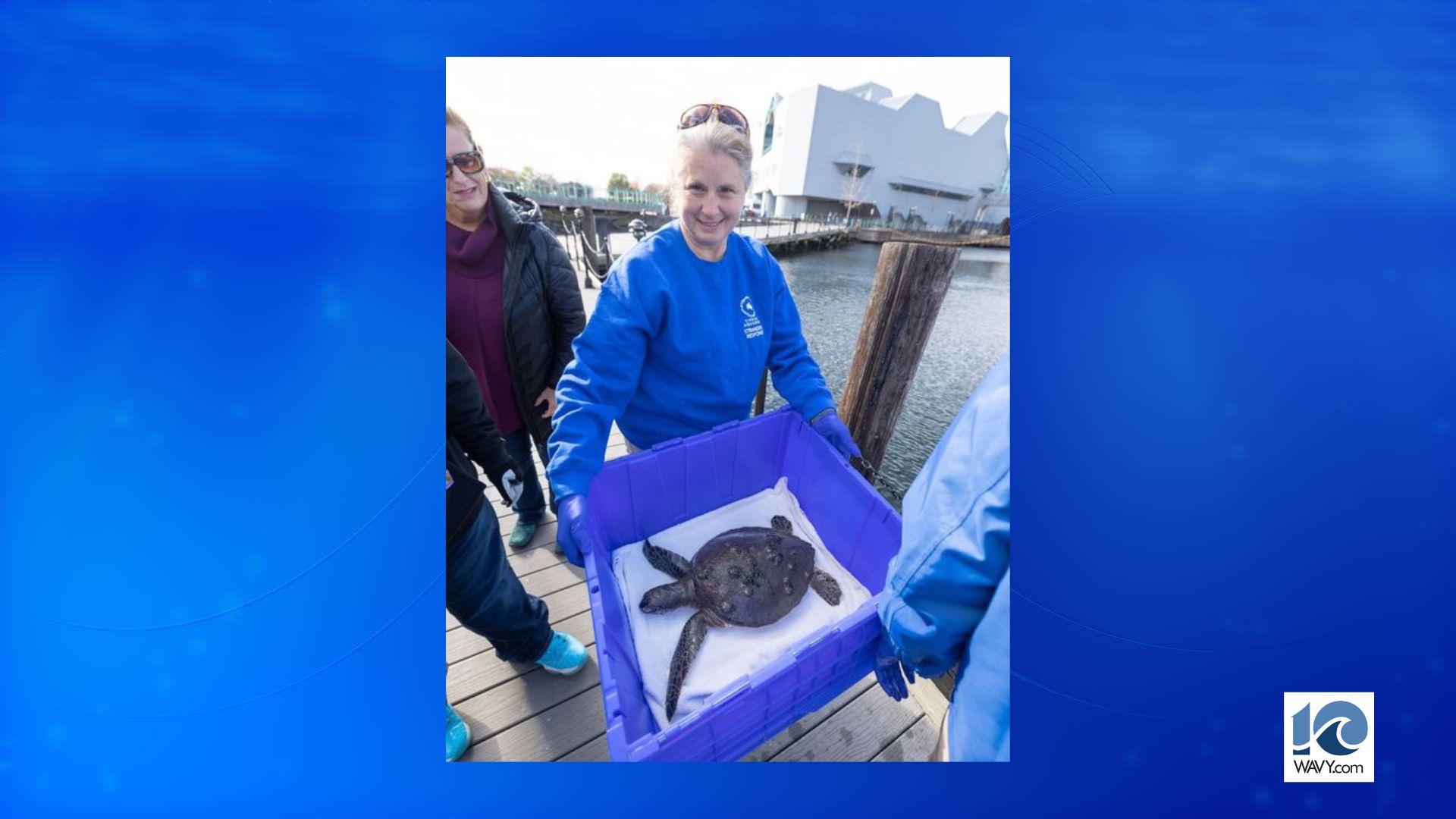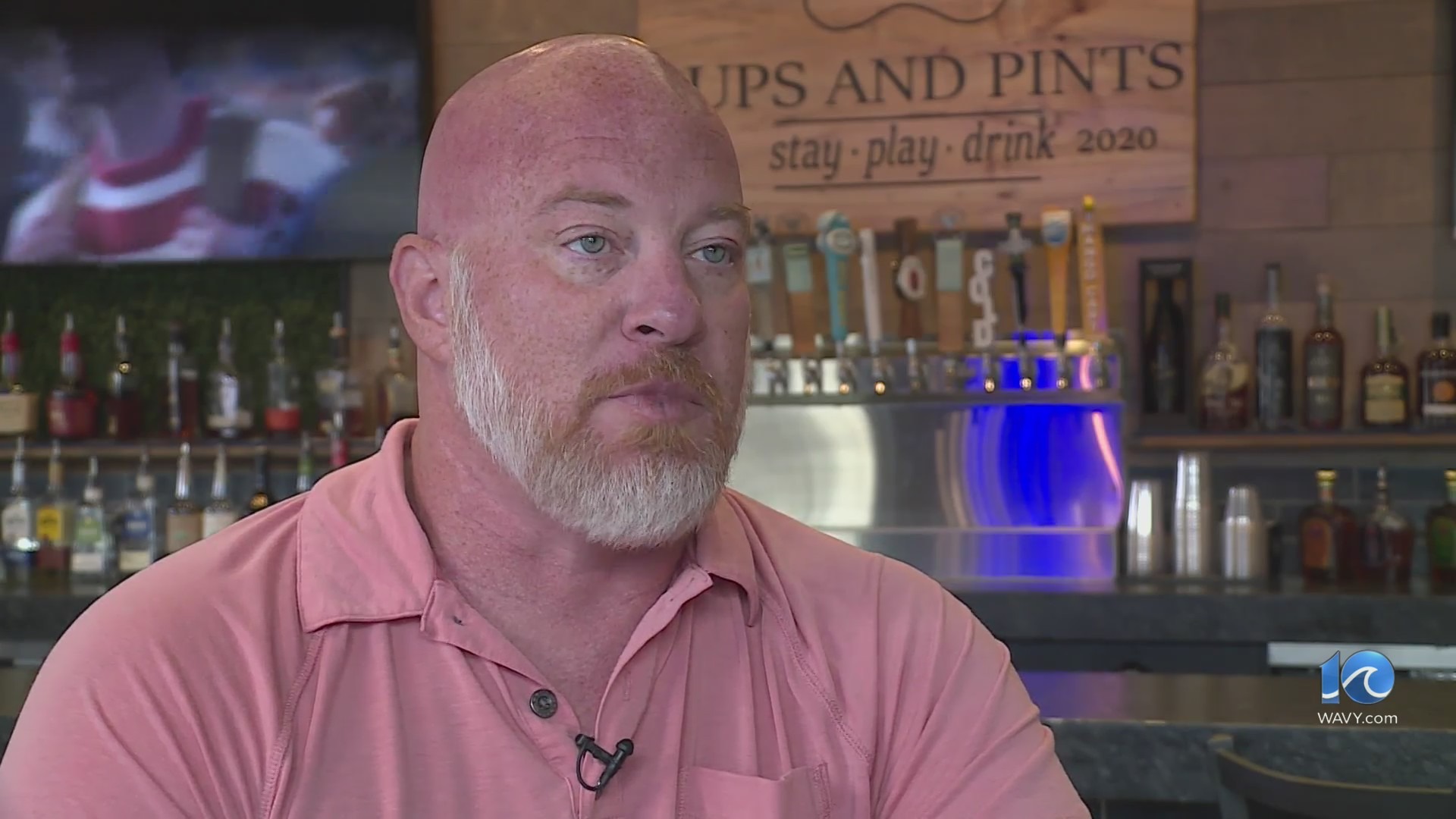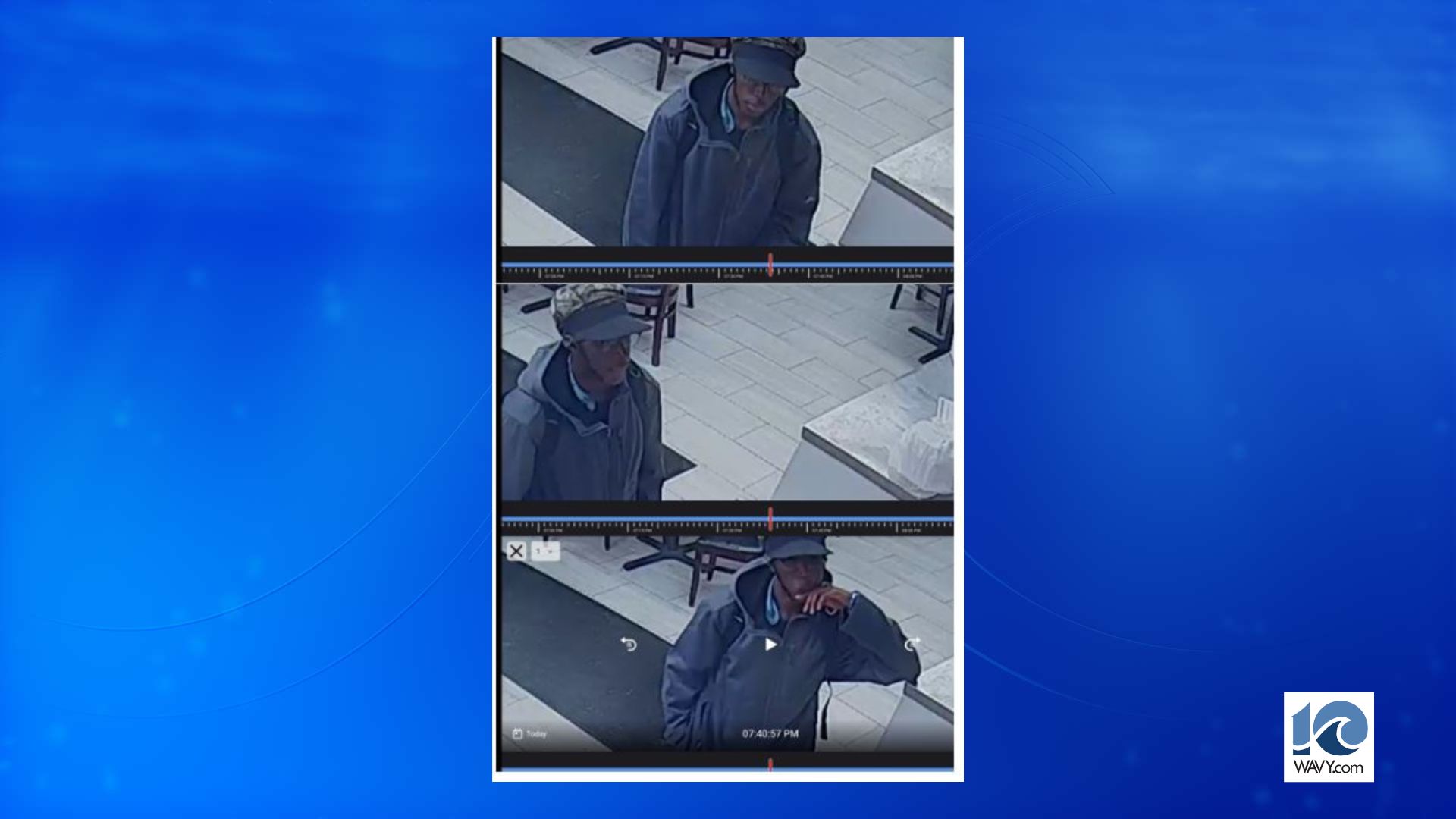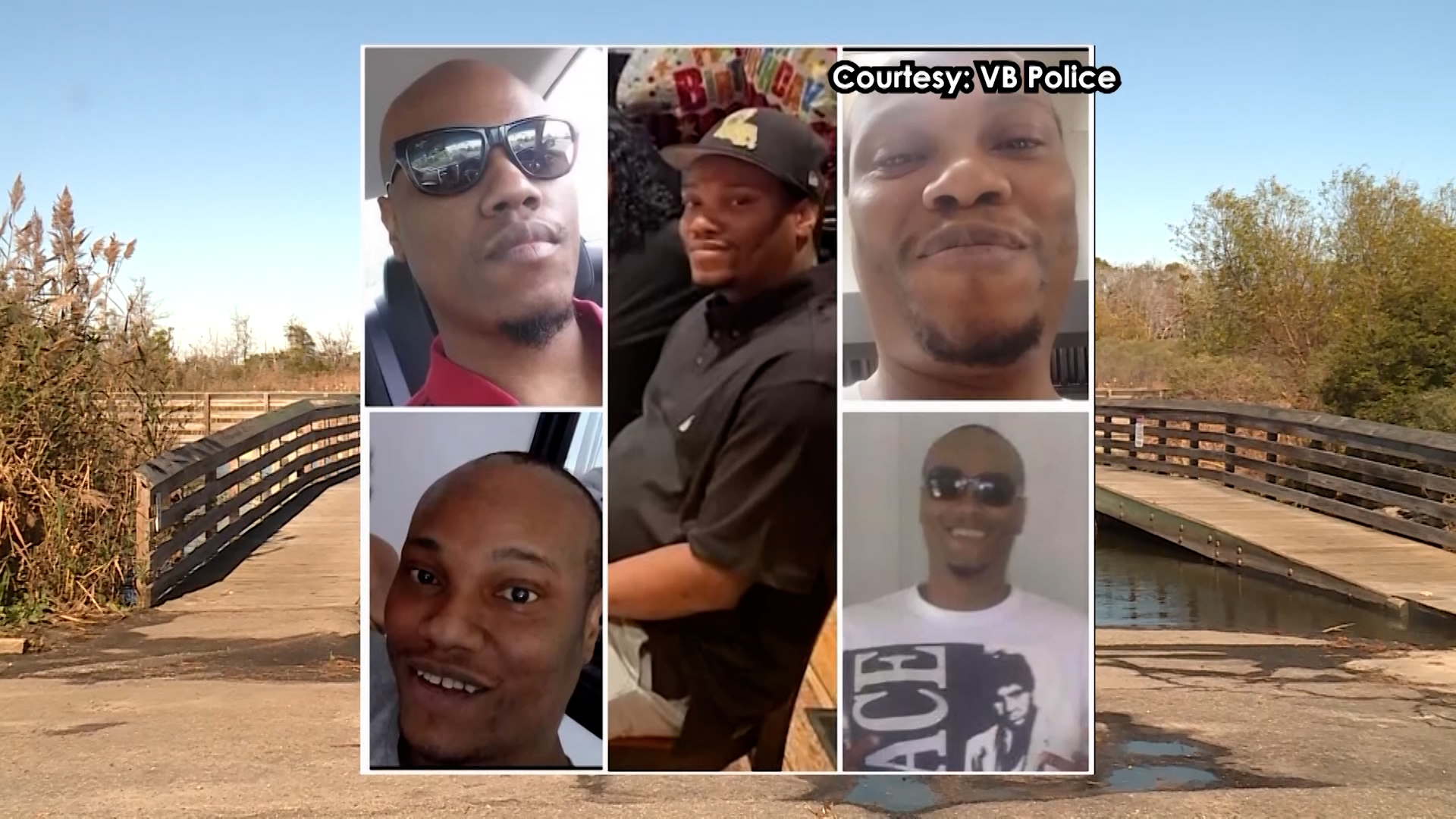NORFOLK, Va. (WAVY) — Every six minutes, U.S. Navy aircraft dart through through the blue-gray heavens above Hampton Roads, where a distant jet whisper draws to a crescendo in seconds.
But a number of cottages outside Naval Station Norfolk also have a story. From 8927 Granby Street, a hazy memory of December 9, 1958, from a then 6-year-old girl just after noon.
“Suddenly there was a loud boom. A big eruption … a big sonic … and big fireball,” recalled Chris McDermott.

An AJ-2 Savage, the first US aircraft designed to carry the atomic bomb, had engine trouble on a refueling mission near Weeksville, North Carolina.
It was coming back to Norfolk when it crashed into two houses.
One was empty. Inside the other, the wife of a Navy lieutenant and her two babies.
The children and four crewmembers, six people in all, died.
McDermott doesn’t remember it from her home, which was separated from the inferno by a shallow creek.
“I remember my stepdad walking quickly so I was having hard time keeping up, so I used the potatoes under my feet to roll along as we went to my aunt’s house which was three blocks away.”
Those potatoes came from a truck, sliced by the tanker just before impact.
Chris’s older brother Richard Guerreiro was at Mary Calcott Elementary School down the street.
“The lights went out at the school. There was a loud boom, and eventually the lights came back on. I noticed a thin plume of smoke coming up from where we lived.”
Their house was spared, and as time passed, those memories faded with time.
Charlie Fleetwood, who works at the Ocean View Station Museum, located just blocks from the disaster, is surprised how few people even know about this crash.
“People see these pictures for the first time and they’re amazed. They have no idea that this actually happened.”
For Charlie Toomey of Durham, North Carolina, the memory is still fresh. His brother, Airman Patrick Toomey, was one of the four crew members on the tanker.
“It wasn’t easy to deal with,” he said softly.
Charlie was 13 years old and delivering newspapers the day after the crash when he saw the story of the accident in Norfolk.
“And the headline says ‘Durham man dies in air crash.’ Little did I know it was my brother.”
Charlie found out when he got home. In a soft voice, he read us the telegram his father received from the Navy .
Pat Toomey was 19. He loved motorcycles, and being a big brother to Charlie.
“I was shocked and dismayed, but my father, it just tore him up.”
From sadness from a family in North Carolina to relief from those few who remember that December day in 1958.
“If he had gone a little bit more to the left, yes he would have gone into our house and my sister and my stepfather wouldn’t be here today, ” says Richard Guerreiro.
That little home on Granby Street still stands as a monument to the close brush with a disaster largely forgotten with the passage of time.
But since that December afternoon, the Navy says it has improved communications and procedures with surrounding cities.
It later instituted Air Installation Compatible Use Zones, which are designed to pay greater attention to development around facilities like Naval Station Norfolk to hopefully minimize the chances of a repeat of 1958.




